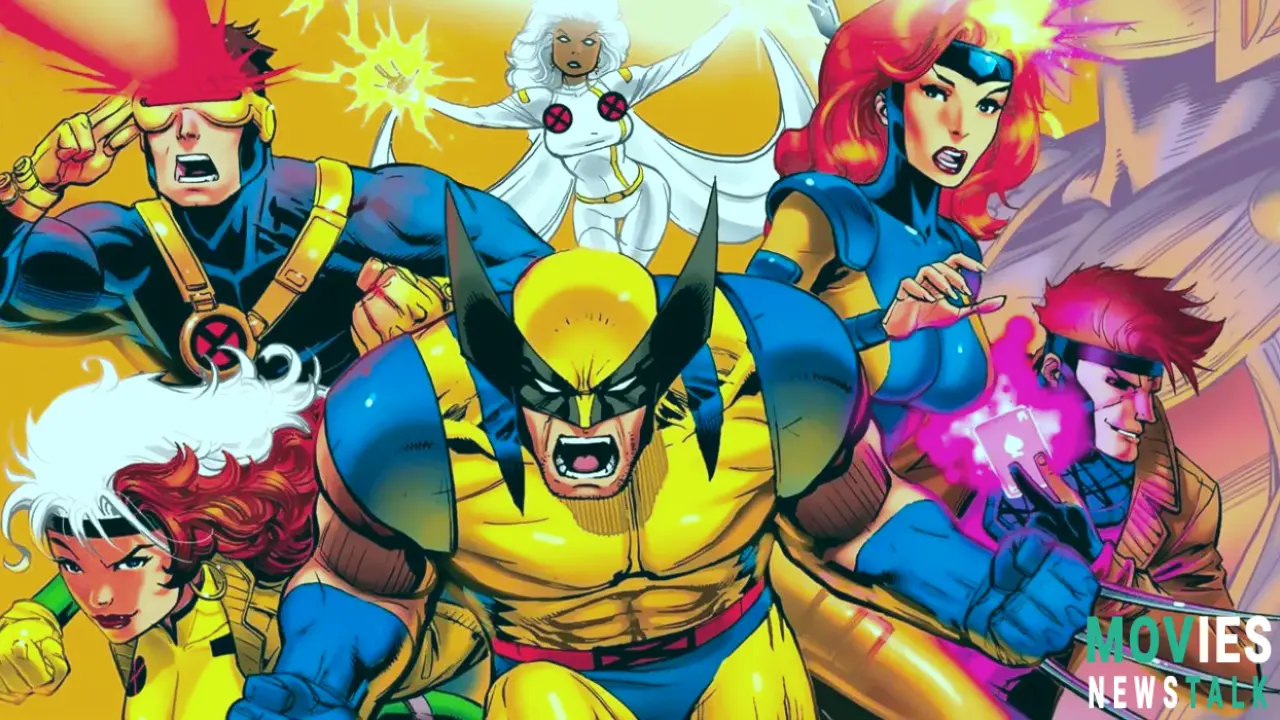Marvel divided the X-Men among several titles in line with their success.
Though it was not the first time Marvel's mutant heroes were assigned to separate teams, this proved to be the most significant. Many of these mutants, especially Xavier and his initial five students, had not been X-Men in years when they changed into X-Men Blue and X-Men Gold. Rather, as members of different teams, they would have been working either individually or carrying on the campaign for mutant prosperity. The '90s would also see other members like Cyclops's brother Havok leave their former team for the rebuilt X-Factor, even while old friends were returning to the fold. Still, the Blue and Gold teams may accommodate more legendary X-Men members.
Under Cyclops' direction, the Blue Team also included Beast, Jubilee, Gambit, Rogue, and Wolverine. In the first narrative arc of the relaunched X-Men continuous series, this group faced Magneto, their former ally and oldest adversary, marking the end of Chris Claremont's illustrious 16-year stint on the franchise. They would fight such enemies as Magneto's Acolytes and Sabretooth over the run of the book. They also found themselves negotiating the minefield that is Betsy Braddock's connection with the psychic killer Kwannon, whose body Betsy occupied until only a few short years ago.
The X-Men turned from a team to a franchise.
Regarding publication, these several X-Men teams were an explosive success. With almost 8 million copies sold since its 1991 debut, the relaunched X-Men #1 still retains the record for greatest selling comic book of all time. And in the decades afterward, be they Uncanny, Astonishing, Exceptional, or even the plain old adjectiveless X-Men, there has been no shortage of X-Men teams running concurrently to safeguard mutantkind. The Blue and Gold monikers have resurfaced several times since their introduction, and other groups have even clearly followed in their footsteps.
More recently, Jean Grey's own X-Men Red before the Krakoan Era fit the vibrant style of the Blue and Gold teams. Still, this multi-squad project clearly cleared the path for several X-Men squads running concurrently even without these separate color-coded names. And while the next From the Ashes status quo change looks to continue this tradition – sans the color coordination – the Blue and Gold teams are far from forgotten as fans see in season one of X-Men ’97 when Cyclops clearly breaks the team into different color-coded squads for separate missions.
X-Men Blue and Gold have their own adventures.
Storm's Gold Team also comprised fellow Omega-level mutants Jean Grey and Iceman as well as other big hitters including Archangel, Bishop, and Colossus. Their exploits were no less legendary than those of their azure allies; they assisted a comatose Emma Frost following the murder of her Hellion students, helped the time-displaced Bishop adjust to his "ancient," and even engaged in combat with both Colossus's brother Mikhail Rasputin and the lethal Phalanx. After significant X-Men events like "Fatal Attractions" and "Phalanx Covenant," these two teams would eventually combine again into one bigger squad; their legacies are still felt today.
For many, this age of The Children of the Atom rapidly became the de facto concept of the X-Men inside the brains of the average person. This was achieved not only from the comics but also from the highly praised X-Men animated series of the 1990s. With Storm and Jean Grey replacing Psylocke and Morph differentiating the club from any past in-continuity X-Men roster, the original Cartoon lineup was effectively that of the Blue Team a year after the Blue and Gold relaunch.
Why X-Men has a Gold Team and a Blue Team (Official Lore Expained)?
Though few variations of the Children of the Atom are as famous as their Blue and Gold heyday from the 1990s, the X-Men have had more than a few outstanding team configurations over the years. By separating the X-Men into two distinct teams, the Blue Team and the Gold Team, Marvel Comics was able to maximize the amazing popularity of X-Men at the time and keep extending the ever denser world of the franchise.
First split in the pages of X-Men #1 by Chris Claremont and Jim Lee in 1991, the X-Men were Following the events of "The Muir Island Saga," the X-Mansion was crammed with fourteen mutant heroes—a count Cyclops and Professor X thought too cumbersome for one squad.
Legacy Lives of X-Men Blue and Gold
Though certainly still has great staying power, some X-Men fans believe the Blue and Gold era is the height of the series. Although readers are not new to the concept of several X-Men teams running concurrently, it was not as prevalent as it would be now in the 1990s. The list of mutants has expanded enormously these days, and their many groups reflect it. But if the rumors already circulating about From the Ashes are any guide, Marvel Comics' X-Men aficionados are in for an intoxicating sensation of déjà vu.
Created by Stan Lee and Jack Kirby, the X-Men series revolves around mutants with superhuman abilities. Under the capable telepath Professor Charles Xavier, they fight prejudice and evil mutants endangering civilization. Combing action, drama, and nuanced characters, the show examines issues of diversity and inclusion across comics, animated programs, and blockbuster movies.
The X-Men: An Ancestral History
Though one mutant icon has at last attained ultimate power and the planet isn't ready, the X-Men are among Marvel's most potent heroes. Bishop more than made a name for himself joined the X-Men in the 1990s as a mutant cop from the future. His ten finest stories are here. With Jim Lee's legendary cover for their 1991 relaunch featuring a whimsical chibi design in new Marvel fanart, X-Men books were a runaway hit in the 90s.
Many comics and various adaptations have added to the legacy of the franchise. Among Marvel's most iconic series, X-Men boasts a legacy. Major film features, live-action shows, and animated series have all evolved from the comics.

